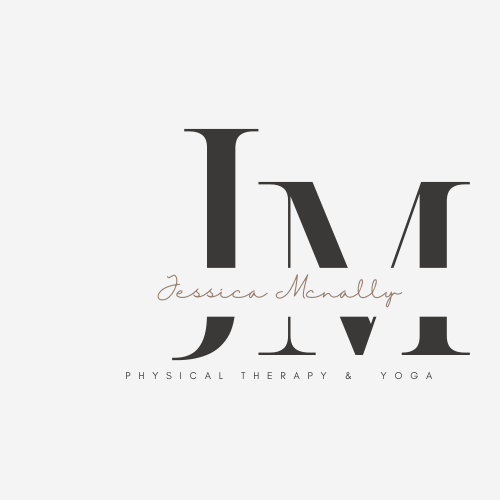Nutrition during lactation
Lactogenesis is the process of milk formation. It begins during the 3rd trimester until about 2-5 days after delivery, however it may be impacted by premature delivery. There is increased blood flow to the breasts up until 10 days after birth and there is a higher risk for infection when the milk “comes in”. Lactation helps promote uterus contractions and seal/shrink blood vessels in order to restore uterus size and reduce maternal bleeding. Prolactin stimulates milk production, while oxytocin promotes uterine contractions. The Let Down Reflex is stimulated by the suckling infant. Emptying of the breast stimulates more production.
The content of the milk changes over the course of each feeding, time of day, menstrual cycle, and maternal nutrition status. Initial milk is called colostrum which is higher in protein and immunity. There is stable milk composition after 10 days postpartum. The flavor of foods in the mother’s diet influences the taste of breast milk. Vitamin D content is reflective of maternal sun exposure and diet. The fatty acid (fat) profile of the milk reflects the dietary intake of the mother during pregnancy and postpartum. When the mother is losing weight, the fat content is reflected in the breast milk. Fat stored during pregnancy as well as fats eaten during breast feeding impacts the composition of the milk. Most women do not reach their pre-pregnancy weight by 1 year after delivery, most will remain 5-10 lbs over weight until they have stopped breast feeding.
Signs of adequate nourishment:
baby nurses often (every 2-3 hours in the beginning)
baby is gaining weight
baby is active and alert
wet diapers (6+ per day)
bowel movements (3+ per day)
Water is a major component of human milk, water content is reflective of the mothers diet. Adequate hydration is essential to milk production as well as your baby’s hydration. It is important to know that alcohol quickly passes to breast milk. Peak blood levels are 30-60 min if consumed without food and 60-90 min if consumed with food. Storing expressed breast milk is a safe way to feed your baby within these times. Breast milk expressed during these times can be dumped to allow for breast emptying. Most medications are excreted in breast milk so consulting with your physician about which medications and supplements are safe is important.
Breast feeding is not always an option for all mother’s for many reasons. The composition of human milk is not exactly the same as formula. Formula feeding does not provide the same immunity benefits as breast milk. Some women choose to exclusively breast feed, while others combine both methods. There may be some added benefits to the mother by breastfeeding. Supplemental formula feeding may be required for mothers who are breast feeding. There are specialized formulas out there for baby’s with special dietary needs. At the end of the day, there is no right or wrong way to feed your baby as long as it is getting the nutrition it needs. I recommend consulting with a lactation specialist in order to determine what is right for you and your baby.

